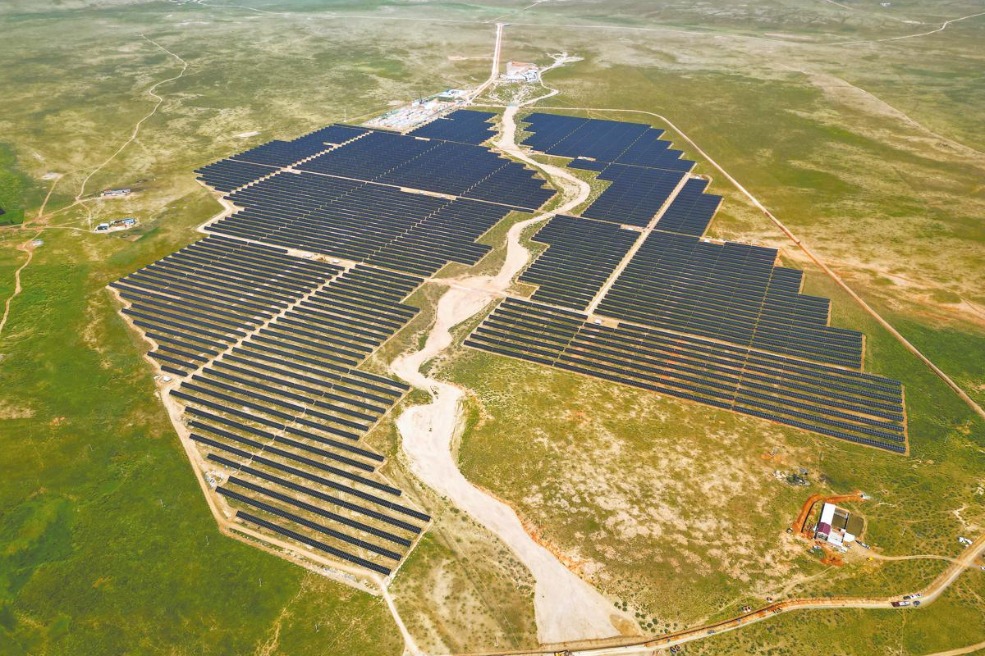Belt and Road watershed moment for China-Latin America relations
Initiative ushers in development momentum, kick-starting significant growth opportunities for both sides

Editor's note: This year marks the 10th anniversary of the launch of the Belt and Road Initiative. A decade of practice has demonstrated that it's a broad and prosperous way for China and the world to share opportunities and seek common development. In a more than 10-part series, China Daily finds out how the road of peace, prosperity, openness, green development, innovation and civilization will contribute more to the shared future of mankind.

Initiative ushers in development momentum, kick-starting significant growth opportunities for both sides
The Belt and Road Initiative has marked a significant turning point in the relationship between China and Latin America, ushering in a bonanza of development and growth that continues to strengthen ties between the two sides.
Panama's entry into the BRI in 2017 was a watershed moment for Latin America, kick-starting a wave of interest from other nations. In January last year, Nicaragua followed suit, and in December 2021, Cuba and China signed a cooperation plan to further promote the BRI.
These strategic collaborations have propelled China-Latin America relations into a new era, characterized by equality, mutual benefit, innovation, openness and shared prosperity.
As of now, 21 countries in Latin America have joined the BRI, with China emerging as the region's second-largest trading partner for 10 consecutive years. The initiative's fundamental objective of fostering international trade and investment has fueled exponential growth, with bilateral trade between China and Latin America surpassing the $300 billion milestone in 2020.
Despite the challenges posed by the COVID-19 pandemic, China's trade with Latin American countries surged to a record high of $450 billion in 2021, a remarkable 41 percent year-on-year increase.
























